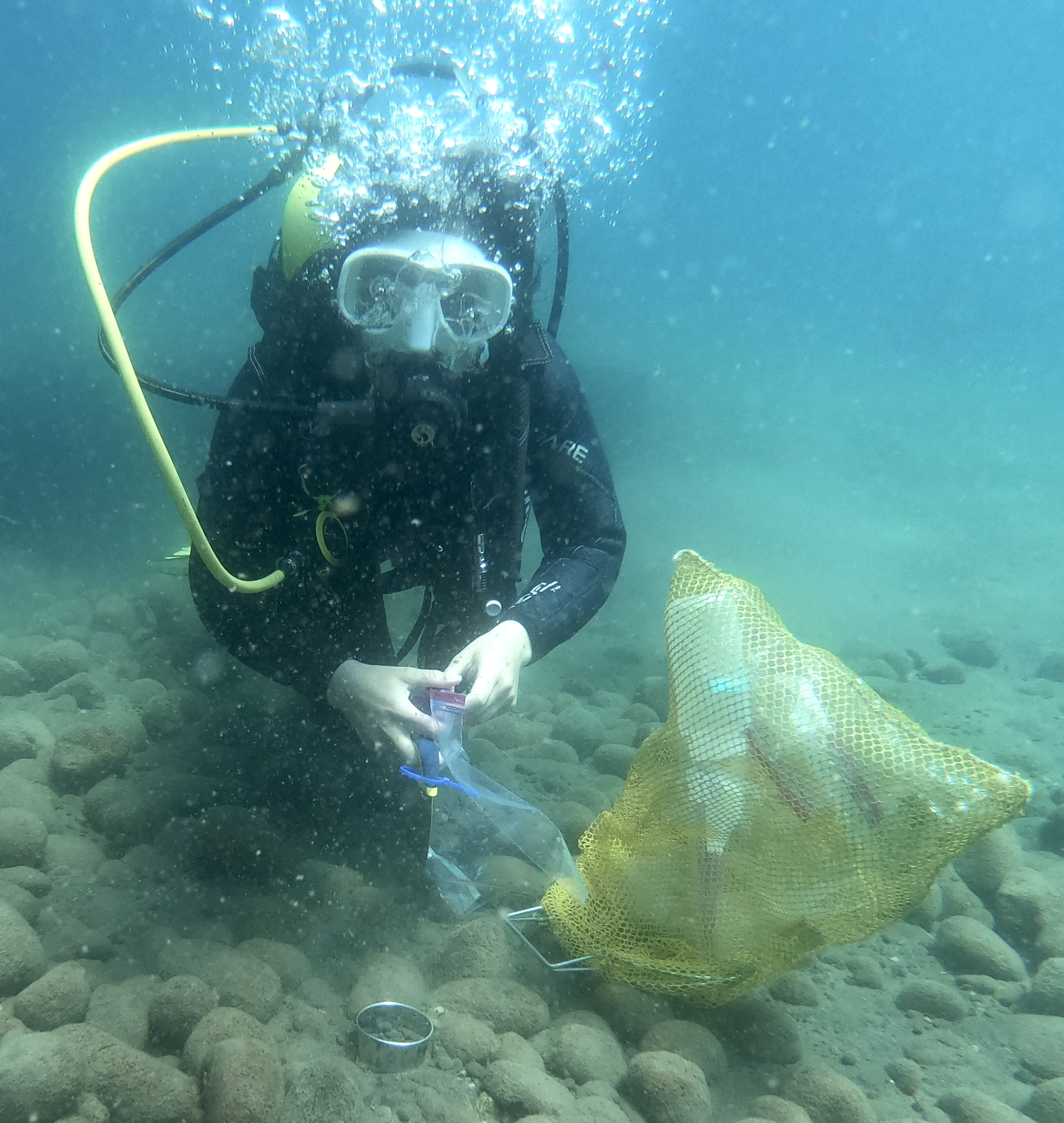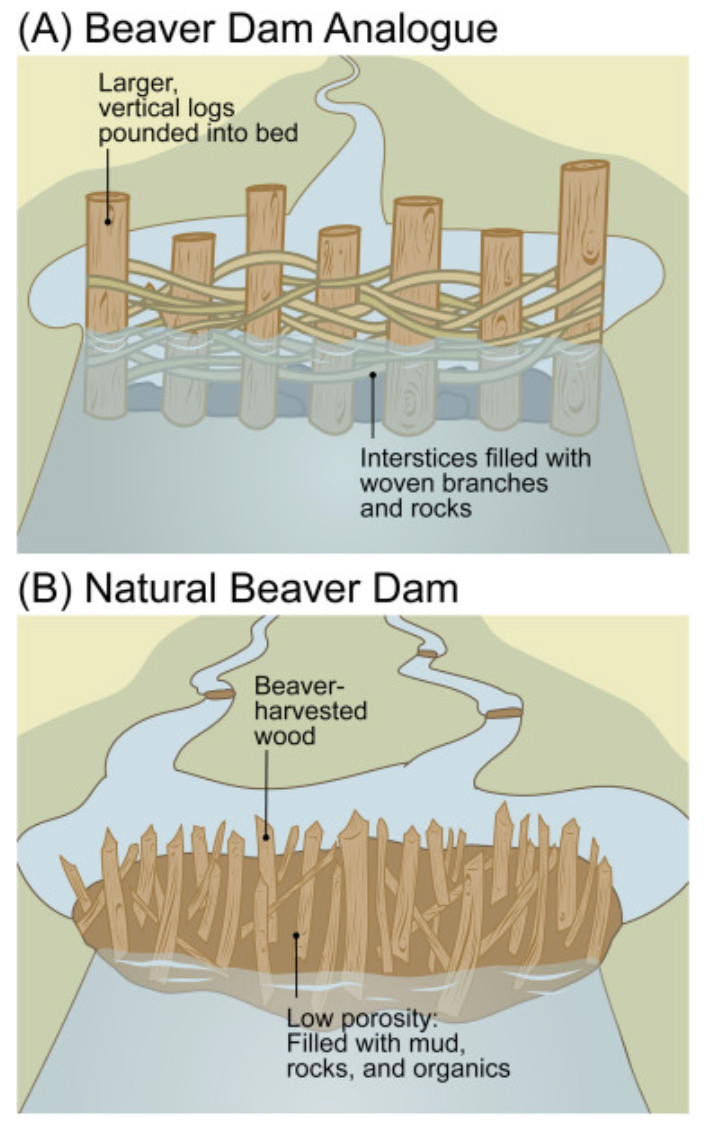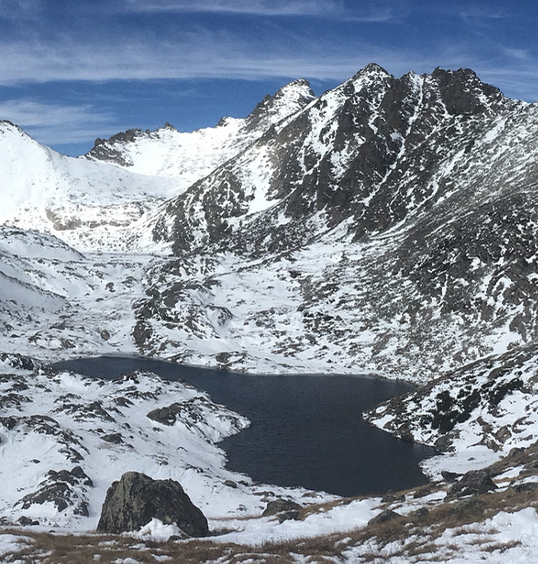
Kelly A. Loria
Ph.D. Candidate
Blaszczak Watershed and Aquatic Ecosystem Ecology Lab
kellyloria at gmail.com
Aquatic ecosystems integrate large scale climatological phenomena (e.g., warming and changing precipitation regimes) alongside catchment scale characteristics (e.g. nutrient and organic matter availability, land use, and evaporative demand) in ways that can alter aspects of aquatic ecosystem function (e.g. carbon cycling and energy fluxes, biogeochemical nutrient transport and transportation) that have important implications for future water and habitat quality.
I’m interested in evaluating temporal variation in aquatic ecosystem function to better understand how streams and lakes respond to multiple stressors. My work has involved a combination of high-frequency sensor deployments in streams and lakes, benthic stream and lake surveys, as well as time series, causal, and statistical modeling.
Publications

The influence of mountain streamflow on nearshore ecosystem metabolism in a large, oligotrophic lake across a drought and a wet year

Trends in the Outcomes, Practice, and Law of Low-Tech Process-Based Restoration in Western Rangelands

On thin ice: Linking elevation and long-term losses of lake ice cover
Cite The influence of mountain streamflow on nearshore ecosystem metabolism in a large, oligotrophic lake across a drought and a wet year
@article{https://doi.org/10.1002/lno.70157, author = {Loria, Kelly and Lowman, Heili and Krause, Jasmine and Katona, Leon and Naranjo, Ramon and Scordo, Facundo and Harpold, Adrian and Chandra, Sudeep and Blaszczak, Joanna R.}, title = {The influence of mountain streamflow on nearshore ecosystem metabolism in a large, oligotrophic lake across a drought and a wet year}, journal = {Limnology and Oceanography}, volume = {n/a}, number = {n/a}, pages = {}, doi = {https://doi.org/10.1002/lno.70157}Cite Trends in the Outcomes, Practice, and Law of Low-Tech Process-Based Restoration in Western Rangelands
@article{SCAMARDO2025344, title = {Trends in the Outcomes, Practice, and Law of Low-Tech Process-Based Restoration in Western Rangelands}, journal = {Rangeland Ecology & Management}, volume = {98}, pages = {344-356}, year = {2025}, issn = {1550-7424}, doi = {https://doi.org/10.1016/j.rama.2024.08.032}, url = {https://www.sciencedirect.com/science/article/pii/S1550742424001623}, publisher={Science Direct} }Cite On thin ice: Linking elevation and long-term losses of lake ice cover
@article{christianson2021thin, title={On thin ice: Linking elevation and long-term losses of lake ice cover}, author={Christianson, Kyle R and Loria, Kelly A and Blanken, Peter D and Caine, Nel and Johnson, Pieter TJ}, journal={Limnology and Oceanography Letters}, volume={6}, number={2}, pages={77--84}, year={2021}, publisher={Wiley Online Library} }